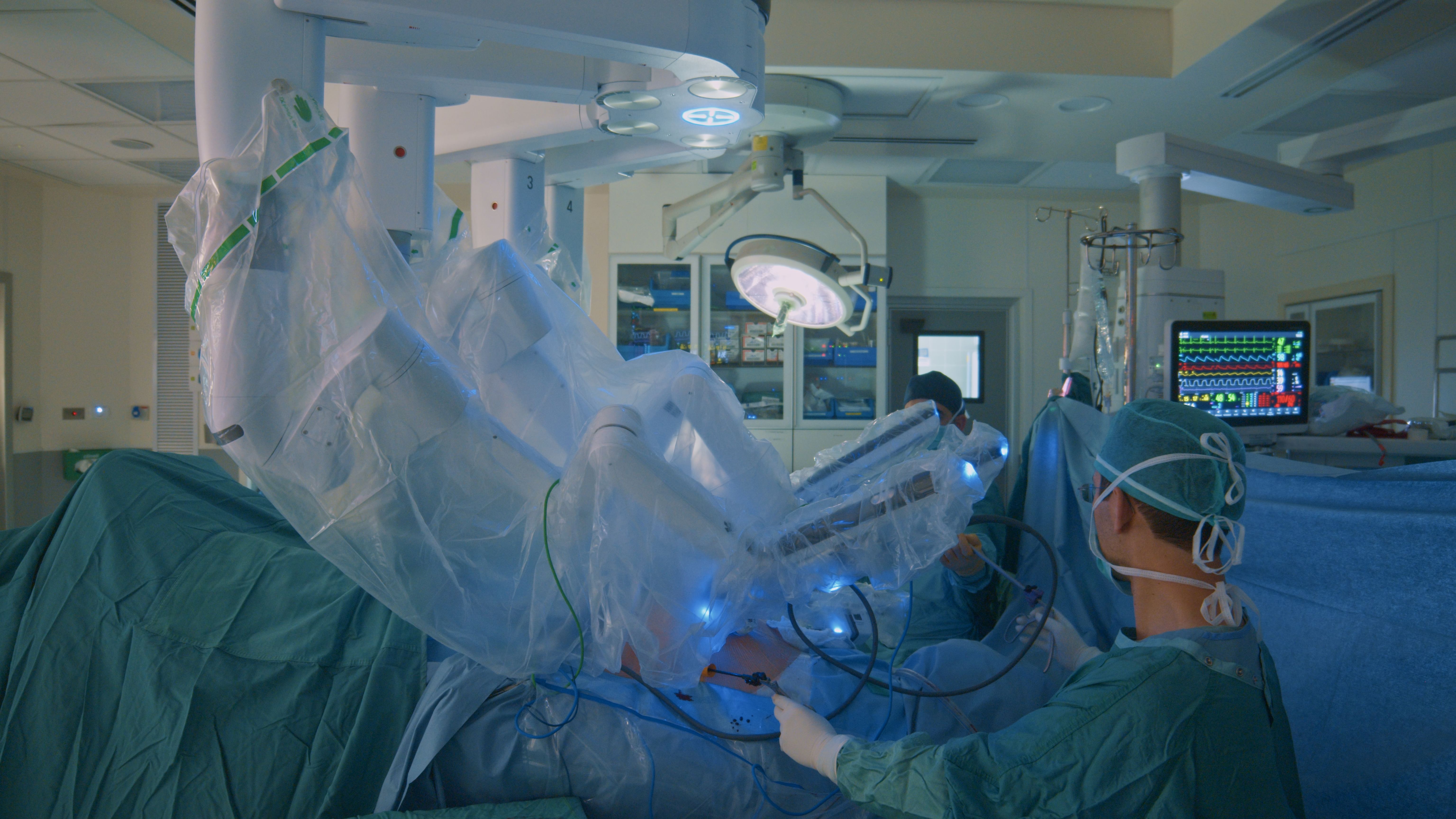Robotic FUE vs. Traditional FUE: Is the Extra Cost Justified?
Understanding FUE Hair Transplantation
Follicular Unit Extraction (FUE) has revolutionized the field of hair transplantation. By extracting individual hair follicles from a donor area and transplanting them to areas of thinning or baldness, FUE offers a minimally invasive solution for hair restoration. Recently, advancements in technology have introduced robotic-assisted FUE procedures, promising enhanced precision and efficiency. But how does this compare to traditional FUE methods, and is the additional cost of robotic FUE justified?

The Basics of Traditional FUE
Traditional FUE is a manual procedure performed by a skilled surgeon. The process involves using a small, circular incision tool to extract individual hair follicles from the donor area. This meticulous task requires precision and expertise to ensure the extracted follicles remain intact and healthy for transplantation. One of the primary advantages of traditional FUE is the surgeon's ability to tailor the extraction technique to each patient's unique needs.
Robotic FUE: A Technological Leap
Robotic FUE, on the other hand, utilizes advanced technology to assist in follicle extraction. The robotic system uses algorithms and imaging technologies to identify and select optimal hair follicles for extraction. This method aims to increase the speed and efficiency of the procedure while reducing the risk of human error. The precision of robotic FUE can potentially lead to better graft survival rates and more consistent results.

Cost Considerations
The introduction of robotics in FUE has brought about a significant increase in costs. The investment in cutting-edge technology and its maintenance adds to the overall expenses of the procedure. For patients considering hair transplantation, understanding whether these additional costs translate into better outcomes is crucial.
Comparative Analysis: Efficacy and Results
When comparing the outcomes of robotic versus traditional FUE, both methods can yield successful results. However, robotic FUE may offer advantages in terms of precision and consistency, especially in complex cases or large sessions. The ability of robots to operate tirelessly without fatigue can potentially reduce procedural times and enhance graft placement accuracy.

Patient Experience and Recovery
In terms of patient experience, both methods are minimally invasive with similar recovery times. Patients typically report mild discomfort and can return to normal activities within a few days post-procedure. The choice between robotic and traditional FUE often comes down to personal preference, budget considerations, and the specific recommendations of the hair restoration specialist.
Is Robotic FUE Worth the Extra Cost?
The decision on whether the extra cost of robotic FUE is justified largely depends on individual priorities. If precision, cutting-edge technology, and potential time savings are important factors for you, investing in robotic FUE may be worthwhile. However, if budget constraints are a primary concern and you trust in the expertise of a skilled surgeon, traditional FUE remains a highly effective option.
Final Thoughts
While ARTAS robotic hair transplants offer advanced technology, FUE (Follicular Unit Extraction) remains the superior choice for most patients. Here’s why:
1. Precision & Adaptability
- FUE allows surgeons to adjust in real-time for hair angle, density, and scalp conditions.
- ARTAS relies on pre-set algorithms, struggling with curly, gray, or ethnic hair types.
2. Higher Graft Survival
- Manual FUE has a lower transection rate (2-5%) vs. ARTAS (5-15%).
- Surgeons can select the healthiest follicles, while robots may damage grafts.
3. Cost-Effective & Widely Available
- FUE in Turkey costs $2,000–$4,500 (vs. ARTAS at $7,000+).
- More clinics offer experienced FUE surgeons than ARTAS operators.
Both traditional and robotic FUE are effective hair restoration techniques with their own unique benefits. As technology continues to evolve, it provides more options for individuals seeking hair transplants. Consulting with a qualified hair restoration specialist can help you weigh the benefits and costs based on your specific situation, ensuring you make an informed decision that aligns with your goals.
Contact is for free individualized consultation and get a quote from our surgeons.
